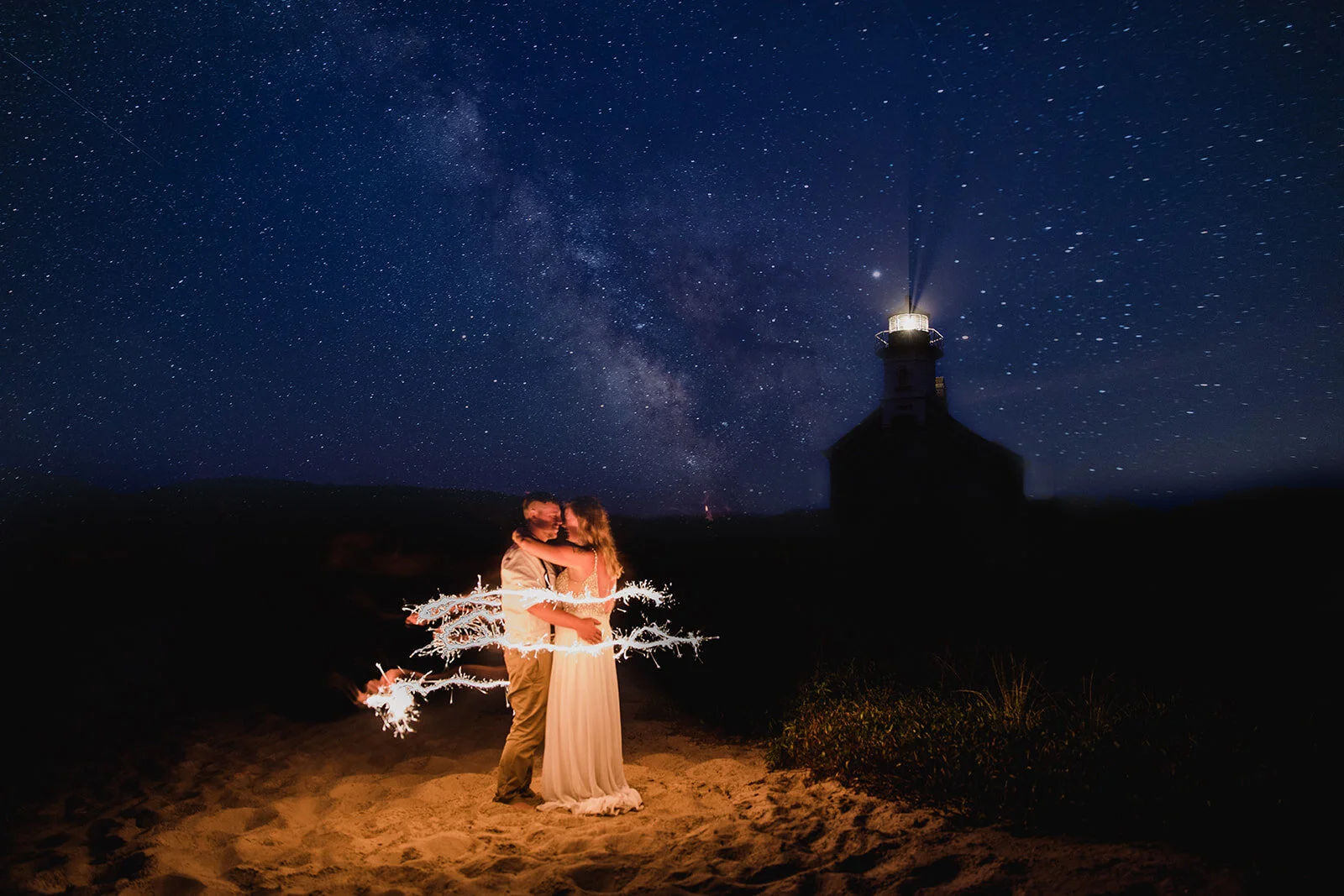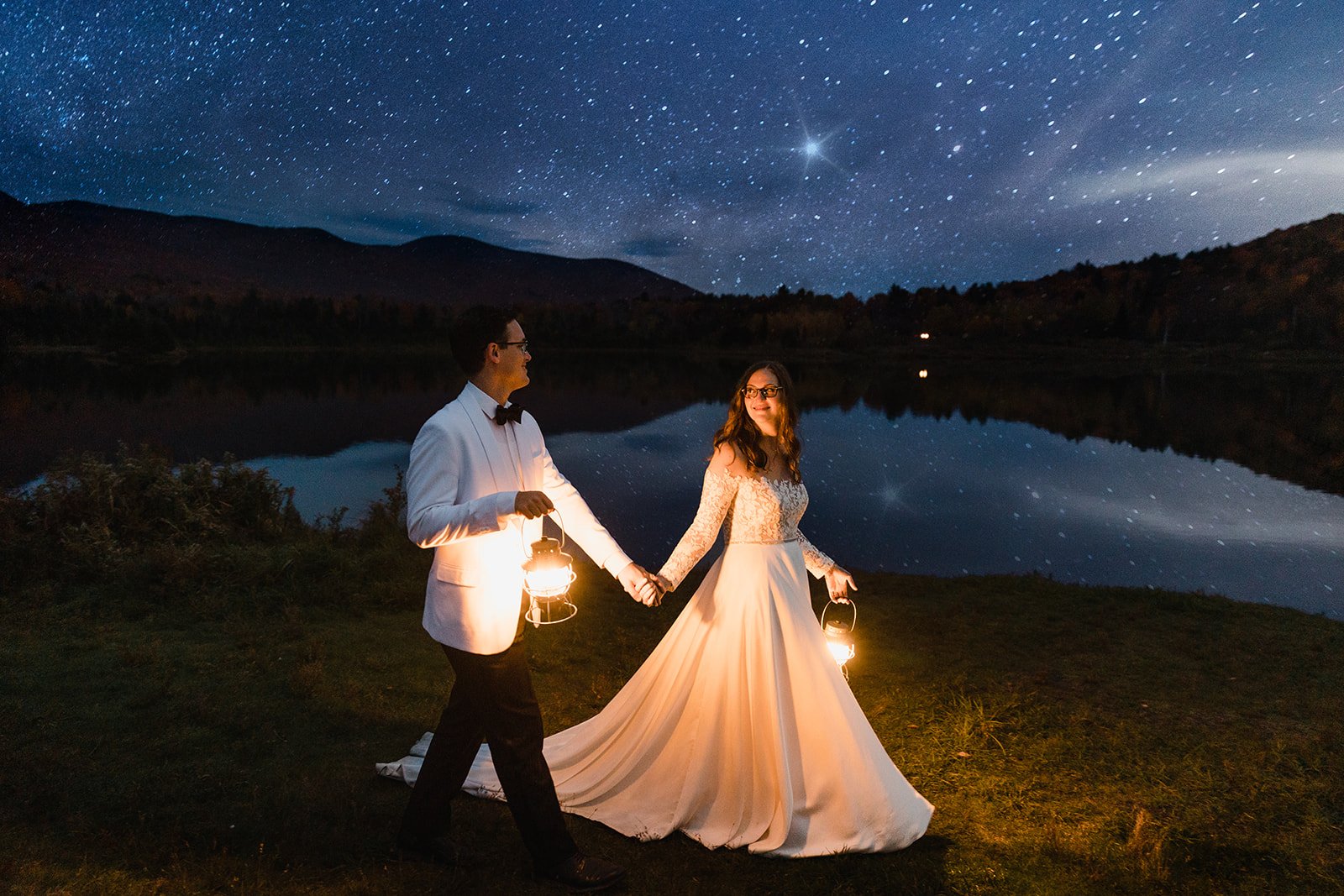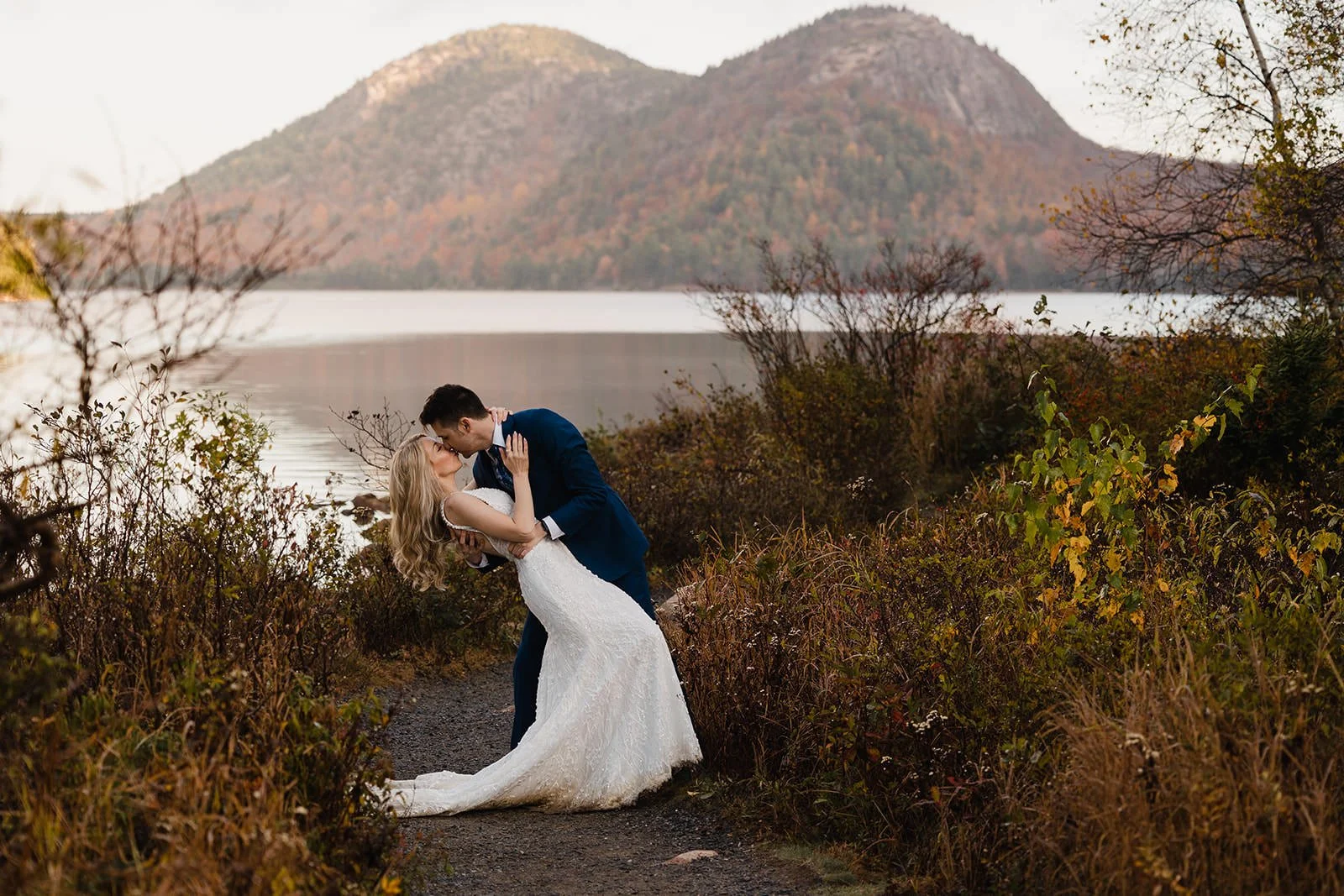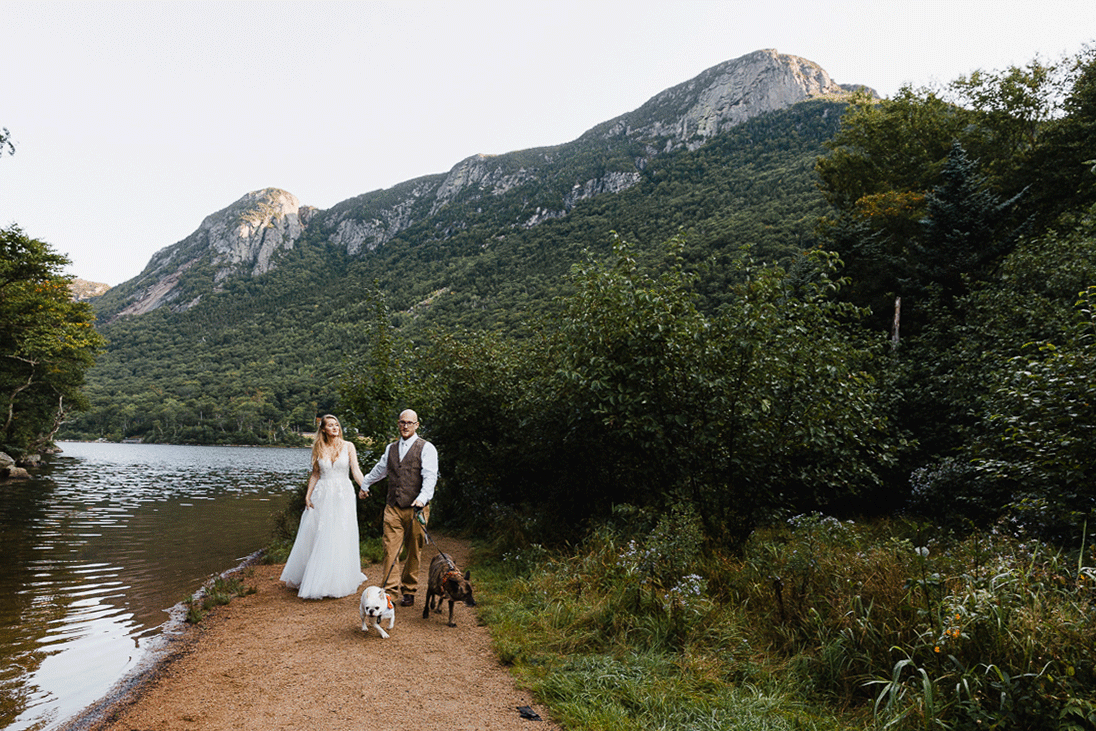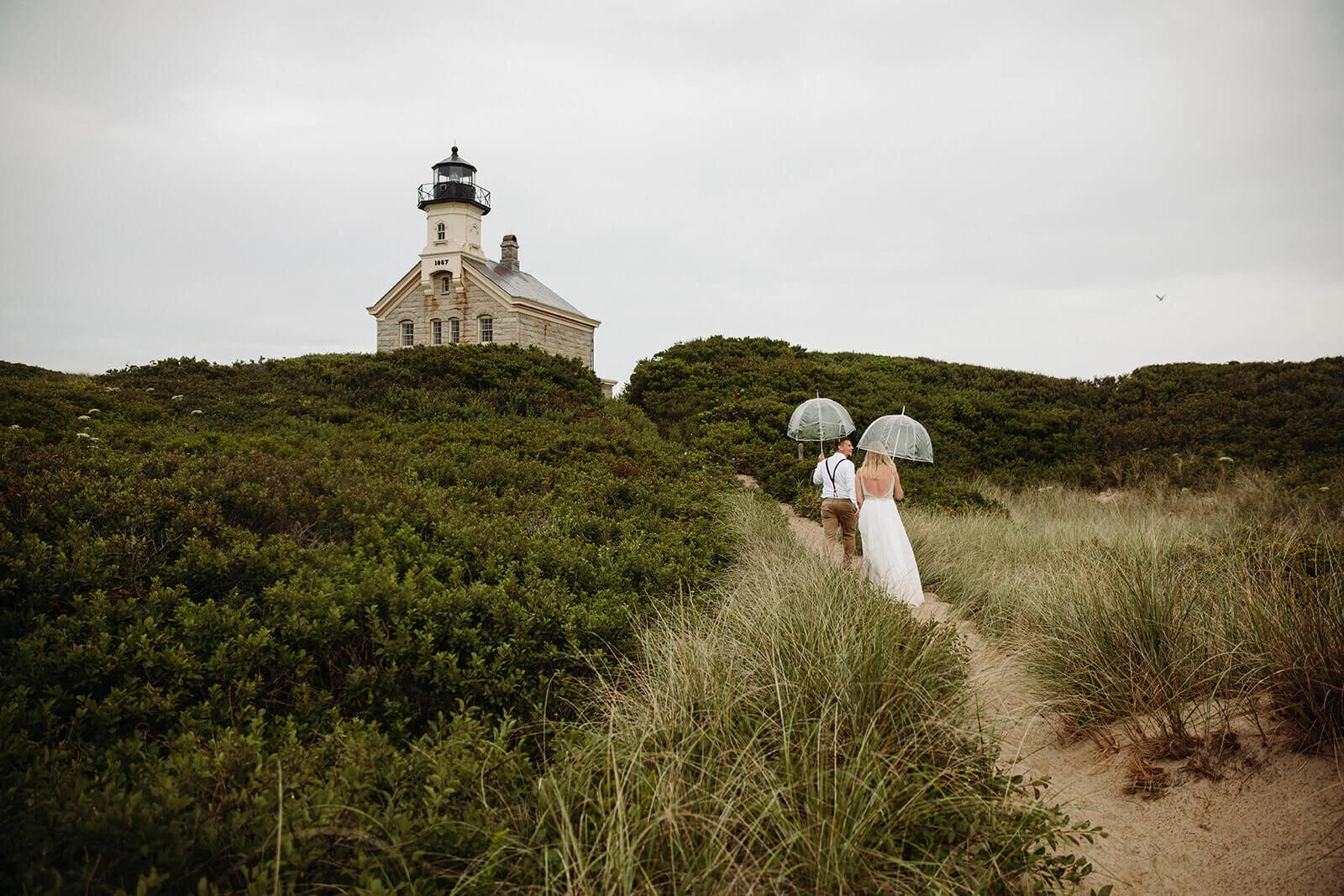Why You NEED to Stay Out After Sunset on Your Elopement Day
Stunning Night Sky Elopement & Wedding Photos
SWELL & STONE / ADVENTURE WEDDING & ELOPEMENT PHOTOGRAPHER / UNITED STATES AND BEYOND
When the sun goes down and blue hour sets in, a lot of couples think it’s time to pack up and call it a night or head indoors for their celebration, but others opt to stay out under the night sky and see what kind of show the evening will put on for them. From catching the full moon rising, to dancing your first dance around a campfire under the milky way- I promise, it’s worth it to stay out after dark if you have a photographer who knows how to capture those low light situations. This happens to be one of my specialties, so here are some of my favorite ways to capture couples in love after the sun goes down.
Full Moon Rise
If it’s a full moon night, the full moon rises as the sun sets, and you don’t have to stick around long to catch the moon rising. Along with casting a lot of light on a night sky scene, a full moon rising often looks giant and yellow when it’s lower in the sky. It’s an amazing thing to see, and a lot of couples find that it’s a moment they love to soak in and enjoy.
Milky Way
The core of the Milky Way is only visible in the Northern Hemisphere from March to October. But if you don’t want to stay up very late or get up very early the best time to include the Milky Way in your elopement photos is from mid-June to early October. This is because in mid-June the core of the Milky Way rises just after sunset, and over the course of the summer and into the fall that time gets earlier. So by the time October rolls around the Milky Way can be seen in the night sky for only a brief time before it sets in the dark.
Star Trails
The Milky Way, while spectacular, is not the only way to enjoy the night sky and capture great photos during your elopement. Even on a night when the Milky Way is not visible, it is still possible to capture otherworldly night sky landscapes, like star trails. Star trails are the images above with the stars streaking in a circle across the sky. This type of image is created by taking a series of long exposure images and stitching them together in post-production. For this to work, you just need a (mostly) cloudless night, and a location that has a clear view of the sky to the north. I compose the shot with my camera pointed toward Polaris, the north star, and then I position the couple. The couple only needs to stand still for a few long exposure shots, normally 10 to 30 seconds per shot, and then my camera keeps running, and time-lapses the scene for the next hour or two. While that’s happening sometimes the couple heads out for the night, and sometimes we eat s’mores over the campfire. Either way, I’m happy to continue sitting under the stars while the camera continues capturing the scene.
Campfire
While you’re out either waiting for the Milky Way to rise or just hanging out beneath the stars, another amazing way to capture love under the night sky with limited light is by having a campfire. Along with keeping you warm, it provides a beautiful, natural light that beckons you to snuggle up. Please practice Leave No Trace principles and use an existing fire ring. There are so many amazing options for capturing love around a fire, not to mention the flame symbolism!
Starry Night Sky
Sometimes you end up in a location with a lovely cloudless night, but you can’t see the view facing north, there is no full moon rising, and the Milk Way isn’t rising until later. That’s ok, and taking photos under the stars still looks cool! Even if it’s just for the experience of staying out late and watching the night sky with your loved one, I’ve never had a couple say they regretted staying out under the stars on their wedding night!
More common questions about staying out under the night sky during your elopement
When is the best time of year to capture the night sky?
The best time of year to capture the night sky, in general, is when there are no clouds. As mentioned above, the core of the Milky Way can only be seen in the Northern Hemisphere from March to October, and it’s generally nicer to hang out at night when it’s not too cold outside. That said, winter is still a great time to see the stars in places like the desert southwest. Although it’s still cold and you won’t see the core of the Milky Way, star trail potential is great. In addition to taking the above into consideration, a full moon makes it’s hard to capture the stars, so it’s best to plan around the moon if you’re set on getting star photos.
Where are the best locations to elope with a chance to see a starry night sky?
In general, the desert is one of the best places to see the night sky. There are a few reasons for this. First, it is impossible to take good night sky photos with a lot of light pollution, so you need to be far enough away from metro areas to not have the light leak into your photo. It’s easy to get to the middle of nowhere in the desert. And second, the desert sky is often cloudless, which removes another big obstacle to astrophotography. Lastly, you will find unobstructed views in all directions in the desert. It’s harder to take great night sky photos deep in a forest, just because it’s more difficult to find a somewhat open view of the sky.
This doesn’t mean that you can’t take night sky photos if your elopement is in a different location. It’s best to chat with your photographer to find out what is possible for your elopement day and location.
How long do we have to stand still?
Generally only 10 to 30 seconds at a time for a total of about a minute or two. I always like to take a few frames with the couple in the shot so I can pick the best, most crisp one.
If it’s partly cloudy outside is it still possible? What about if it’s windy?
If it’s partly cloudy it is still possible to take night sky photos, but it is likely not possible to do star trails. This is because you need an hour stretch of cloudless sky to keep the final image consistent. If clouds move through the frame they can ruin the entire image. Although, as you can see with one of my star trail images above, there are clouds running through the frame. High, thin, and wispy clouds don’t ruin the image as much as other types, because they look as though they flow through the frames better than puffy clouds. If it is completely cloudy, but not raining, your only option is to do campfire photos, and no night sky will be possible unless the clouds open up. If it’s raining, it’s probably best to get out of the rain.
If it’s windy, it may be harder to hold still, and your clothes might move even if you don’t. I think that’s okay and I still like many of the images that were taken on windy nights!
What’s the best way to plan for night sky photos during our elopement?
The best way to plan for it is to have a photographer who can keep you updated on what phase the moon will be in, what the weather looks like, and which location would give you the best chance for success. I can’t stress enough that if a night sky photo is important to your elopement that you hire someone with the proven ability to handle a variety of night sky conditions and someone who is knowledgable about astrophotography. It is a style of photography that can’t be faked and takes years to master.
If you’d love an expert to help make this dream come true, get in touch, and let’s start planning your incredible adventure wedding today!

